There are several parasites that can live on human skin. For the first time such worms were found in India, but now they are found in other latitudes. Parasites under the skin cause a lot of discomfort to the patient and require treatment. They are not as dangerous as worm diseases in other organs, but long-term disease can lead to many dangerous complications. In our article we will list all types of parasites under the skin, the symptoms of the disease they cause.
Types of subcutaneous parasites and methods of infection
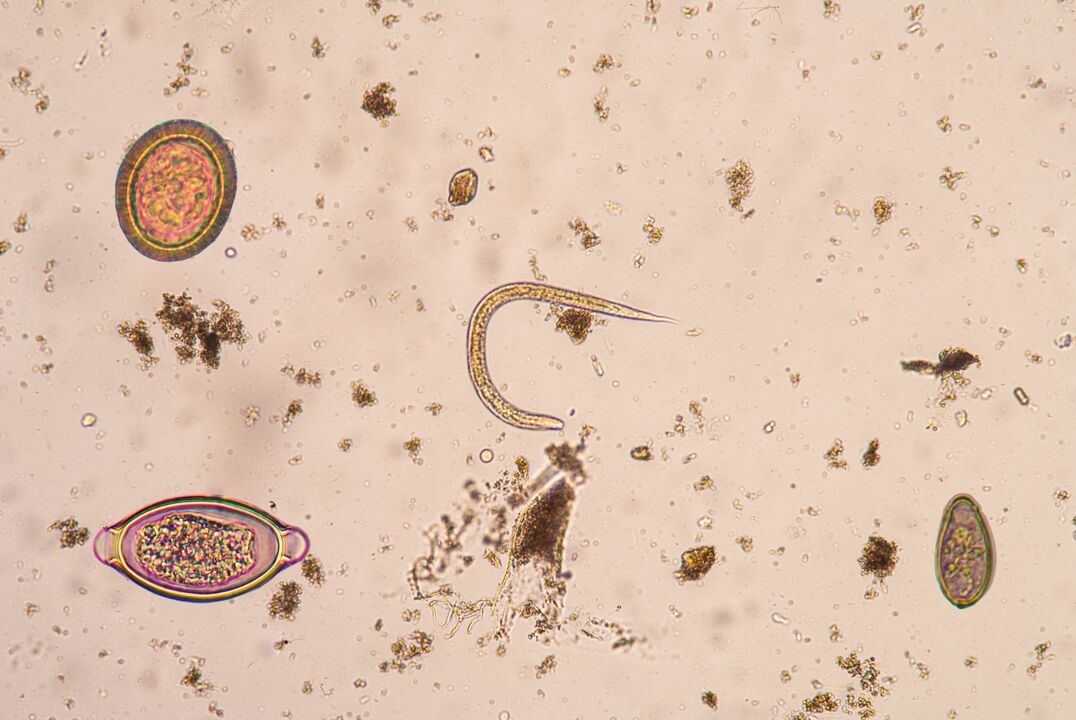
If you want to know who is crawling under the skin, the following types of subcutaneous parasites are found in humans:
- Worm disease. This disease stimulates the larval stage of the nematode. Infection occurs when bitten by a mosquito (lice, flea or tick), which is a carrier of the disease. A sexually mature individual reaches a length of 30 cm, and the larvae of this parasite are microscopic in size. After infection, it develops under a person's skin for 3 months. Domestic dogs and cats can also transmit the disease.
- If you list the parasites that live under the skin, it is impossible not to mention the bugs. Infections caused by certain types of roundworms. In this case, various diseases arise: blood cancer, dipetalonematosis, cancer and mansonellosis. The carriers of the worms and their intermediate hosts are insects (mosquitoes, midges, mantises, etc. ). They infect the larvae of filariasis in humans, as a result of which the worms appear on the skin.
- Another human skin parasite is the cysticercus larva. They cause cysticercosis. Entry occurs through the intestines, where the worms enter with dirty hands, water, or food. Cysticercus is an oval-shaped blister that contains parasites inside. Subcutaneous worms can vary from round to fusiform. Humans act as mediators.
- Schistosomiasis is a worm disease caused in humans by species of flukes. These are flukes up to 2 cm long, the larvae of this parasite that can swim in water are filariasis. They can enter the human body directly through the skin. This infection can live in any organ, including under the skin.
- Rishta is another species of worm under the skin. These white worms cause roundworm disease and are classified as large roundworms. Their intermediate host is aquatic arthropods. First, the parasite enters the human stomach, then from the retroperitoneal space it enters through the skin. Males reach 10 cm in length, and females - 120 cm.
Symptoms of Dirofilariasis
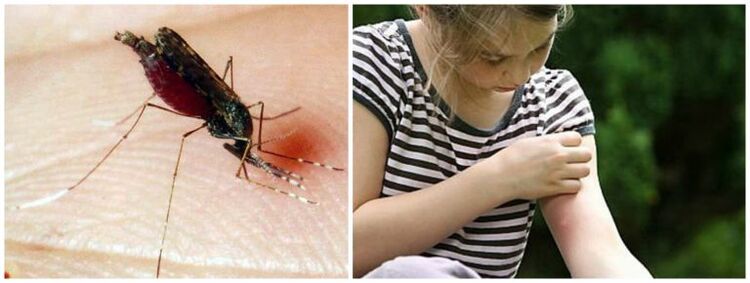
The larvae of this parasite can be hematogenously spread throughout the body and colonize the eyes, pulmonary arteries, heart, serous cavities, peri-renal fatty tissue and subcutaneous tissue. If there is an infestation of a worm called Dirofilaria repeatns, the conjunctiva or subcutaneous fat layer will be affected.
The signs and symptoms of this disease are as follows:
- painful seals appear at the site of an insect bite;
- Within a few days in a third of patients, there is displacement of the seal 20-30 cm from the site of the bite;
- a person may feel tightness, burning, and itching at the site of the bite;
- there is a feeling of ants crawling, wiggling under the skin;
- periods of remission are followed by exacerbations;
- subcutaneous worms that cause the appearance of abscesses and boils (inside them, a worm lives in the connecting capsule);
- Sometimes the abscesses break open on their own and the white parasites crawl out of the skin.
If the conjunctiva is damaged, the following symptoms are present:
- swelling, itching, and watering of the eyes;
- sensation of a foreign body in the eye or eyelid;
- a person cannot fully open the eyelids;
- vision loss;
- a worm can be seen under the conjunctiva;
- a nodule visible under the skin of the eyelid;
- the person has a feeling of ants crawling under the skin or in the eyes;
- If the parasite enters the eyeball, double vision and protrusion will appear.
Important! Dirofilariasis is accompanied by neurosis, fear and insomnia. In addition, the patient becomes irritable, headache, general weakness and other signs.
Symptoms of filariasis
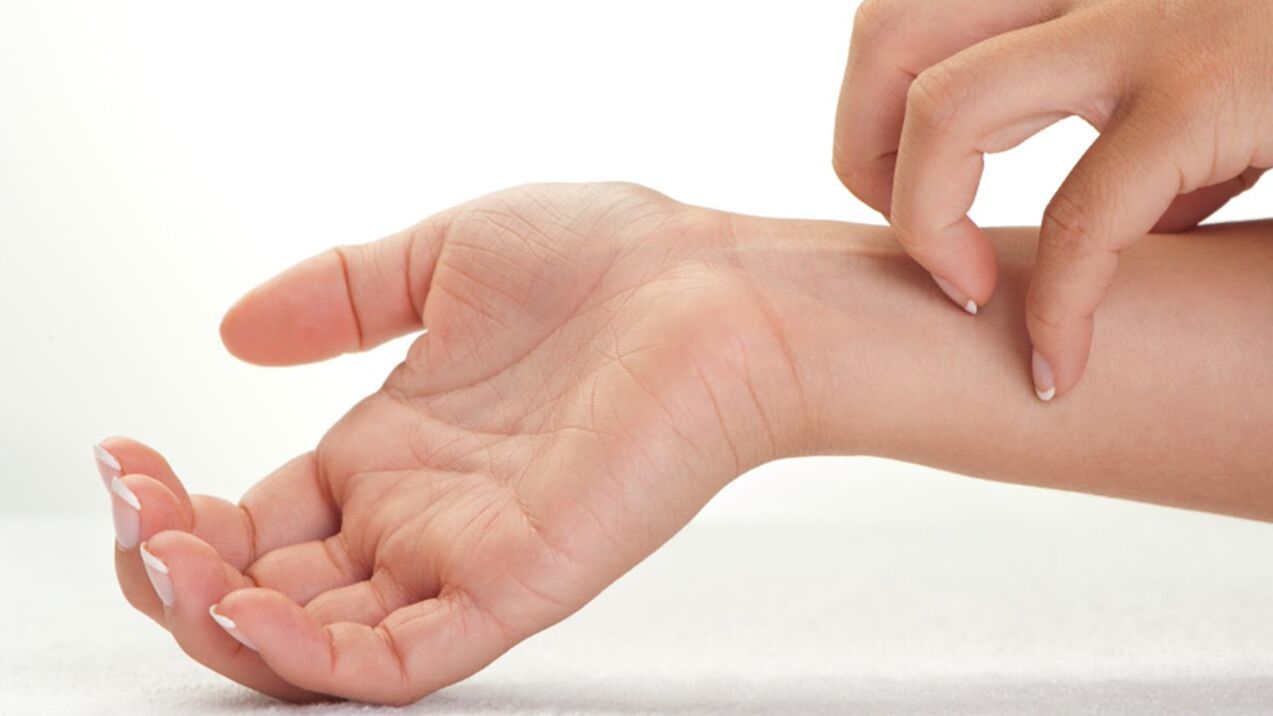
Once infested, filariasis can develop for several years. Different symptoms and signs may develop depending on the form of the disease. Usually for these parasitic diseases will be the appearance of sores and rashes on the skin, lesions in the eyes and lymph nodes, fever, development of elephant legs edema in the scrotum and extremities, as these aremuscle parasites.
Lung cancer
With cancer, parasites in the human muscle manifest themselves with the following symptoms:
- itchy skin;
- febrile condition;
- weak;
- dryness and peeling of the skin;
- hyperpigmentation of the skin (genitals, legs, folds in the armpits and groin);
- papule-like rash;
- erysipelas;
- papules can form long-term ulcers;
- under the skin, worms cause atrophy of hair follicles, sweat glands and epidermis;
- painful fibrous nodes forming under the skin;
- damaged eyes, glaucoma, iridocyclitis, conjunctivitis, corneal cysts, keratitis and other eye diseases develop.
Large liver fluke disease

These subcutaneous worms in humans cause the following symptoms:
- enlarged lymph nodes;
- erythema or maculopapular rash;
- dizzy;
- fever;
- swelling of the lower extremities, face and genitals;
- athritis;
- pain in the heart;
- symptoms of meningitis.
Loiasis
Parasites that live under the human skin, together with the parasites, contribute to the following clinical manifestations of the disease:
- rash on the skin;
- febrile condition;
- parasites in human muscles can cause muscle abscesses;
- aching limbs;
- swelling of the skin in limited areas, which does not go away for a long time;
- if parasites enter the eye, blepharitis or conjunctivitis develops;
- urination disorder with localization of the infection in the urethra.
Important! These subcutaneous parasites in humans can lead to complications in the form of meningitis, heart failure, encephalitis.
Mansonellosis
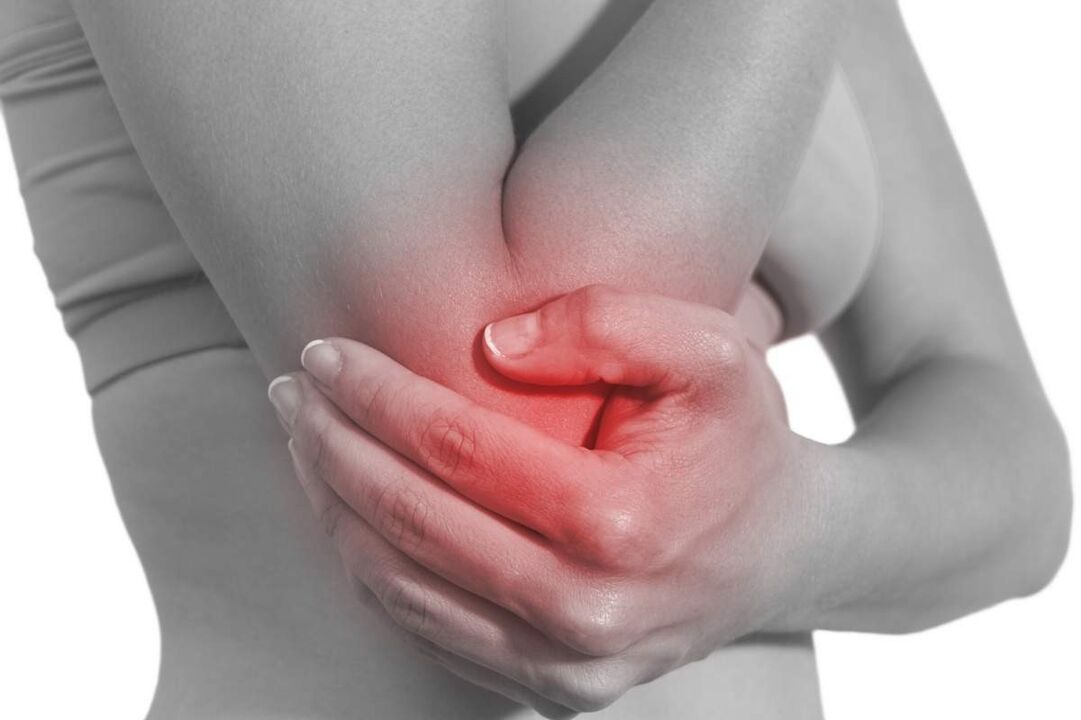
With this form of the disease, human subcutaneous worms can cause the following complex symptoms:
- itchy rash;
- athritis;
- febrile condition;
- skin swelling;
- ascites of the testicles;
- numbness of limbs;
- an increase in the lymph nodes in the groin.
Symptoms of cysticercosis
These human skin parasites can easily penetrate with food into the gastrointestinal tract, where the embryonic membrane breaks down and larvae emerge. They enter the bloodstream and are carried throughout the body. After settling in some organs, the larvae turn into cysts and cause the following symptoms:
- subcutaneous, multiple or single, tumor-like, painless, oval (usually localized on the medial side of the shoulder, at the cephalothorax, and on the palm);
- in the seals you can feel the cavity;
- over time, these seals develop;
- new formations appear;
- when conducting educational histology, an internal cyst can be found;
- hives;
- Rarely, the nodes fester, but usually they remain unchanged for many years and sometimes resolve on their own.
Symptoms of schistosomiasis
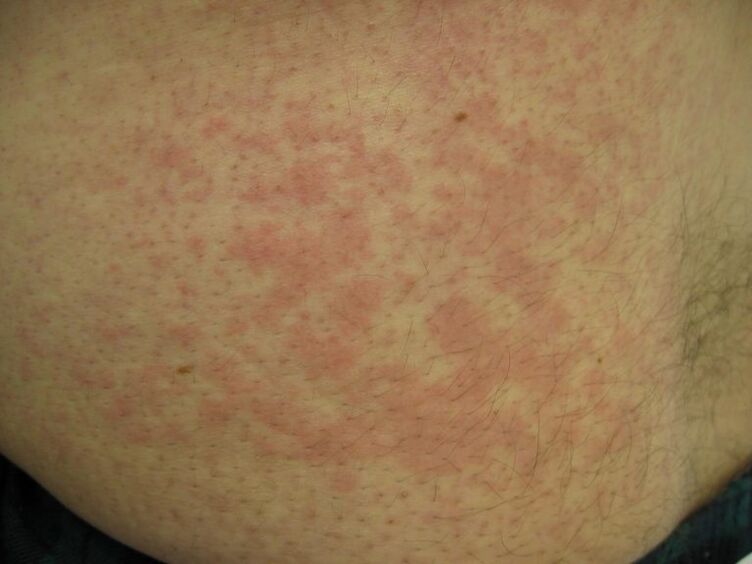
Schistosome larvae can penetrate human skin directly from the aquatic environment. Within hours, they can enter the bloodstream. When the skin is invaded, the following symptoms appear:
- hives;
- intense itching;
- Spotted rashes appear every day.
Then a period of calm occurs for several weeks. In the circulatory system, schistosomes reach the sexually mature individual stage and migrate into the vascular system of the genitourinary system. After a few months, the patient developed the following symptoms:
- dry cough;
- febrile condition;
- hives;
- sweating profusely at night;
- liver enlargement;
- vaginal bleeding;
- bloody urine;
- pathology of the prostate, kidneys and bladder;
- buttons on the genitals;
- dry.
Important! In childhood, schistosomiasis contributes to learning disabilities, anemia, growth retardation, and memory impairment.
Symptoms of kidney stones
If a person drinks water containing infected flippers, after death, helminth larvae are released in the patient's digestive system. They enter the retroperitoneal space and migrate through the lymphatic system into soft tissues. After only 3 months, the female of this parasite can penetrate the skin or connective tissues to develop further. As the woman grows older, the patient develops the characteristic symptoms of the disease:
- allergic reactions to the infection appear only after 10-14 months in the form of urticaria, fainting, nausea, diarrhea, vomiting and choking;
- a year later, on the skin appears a bladder rishtosis (its diameter reaches 2-7 cm, but there are no signs of inflammation);
- you may see a worm in your bladder;
- after a few days, the bubble opens on its own and the necrotic masses are removed;
- At autopsy, the patient had a burning sensation and a sharp pain.
Worth knowing! Usually rishtose blisters are on the skin of the legs, but sometimes they can be on the abdomen, arms, and other parts of the body. In addition, females can settle in the connective tissues of the joints. In this case, immobility, spasticity, and inflammation of the sac appear.
With secondary infection, there may be aneurysms, abscesses, sepsis, and gangrene. If a patient with cystitis falls into the cistern, thousands of larvae will again be swallowed by the cyclops crustacean, which will further spread the disease.
















































